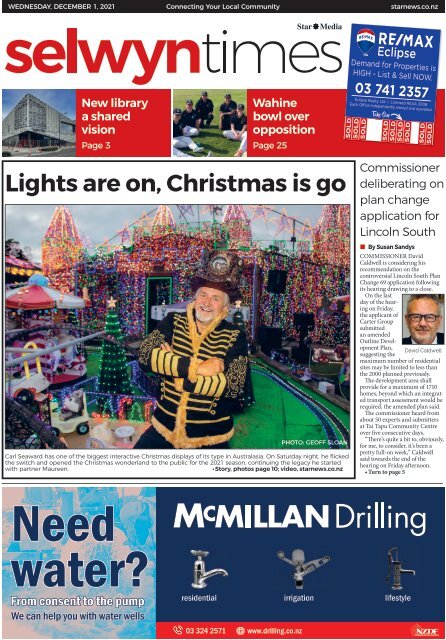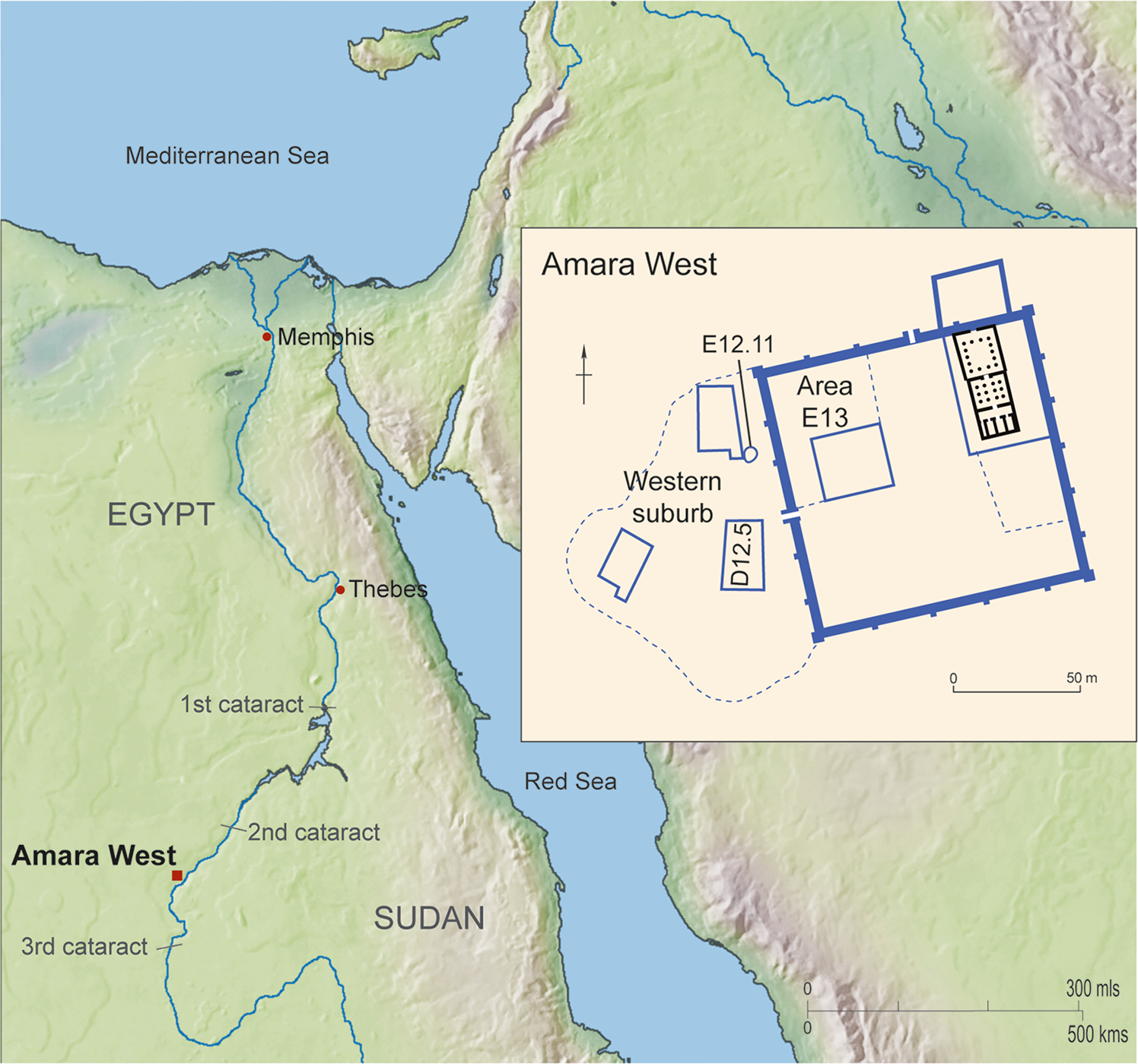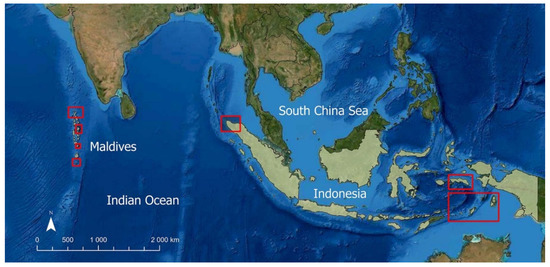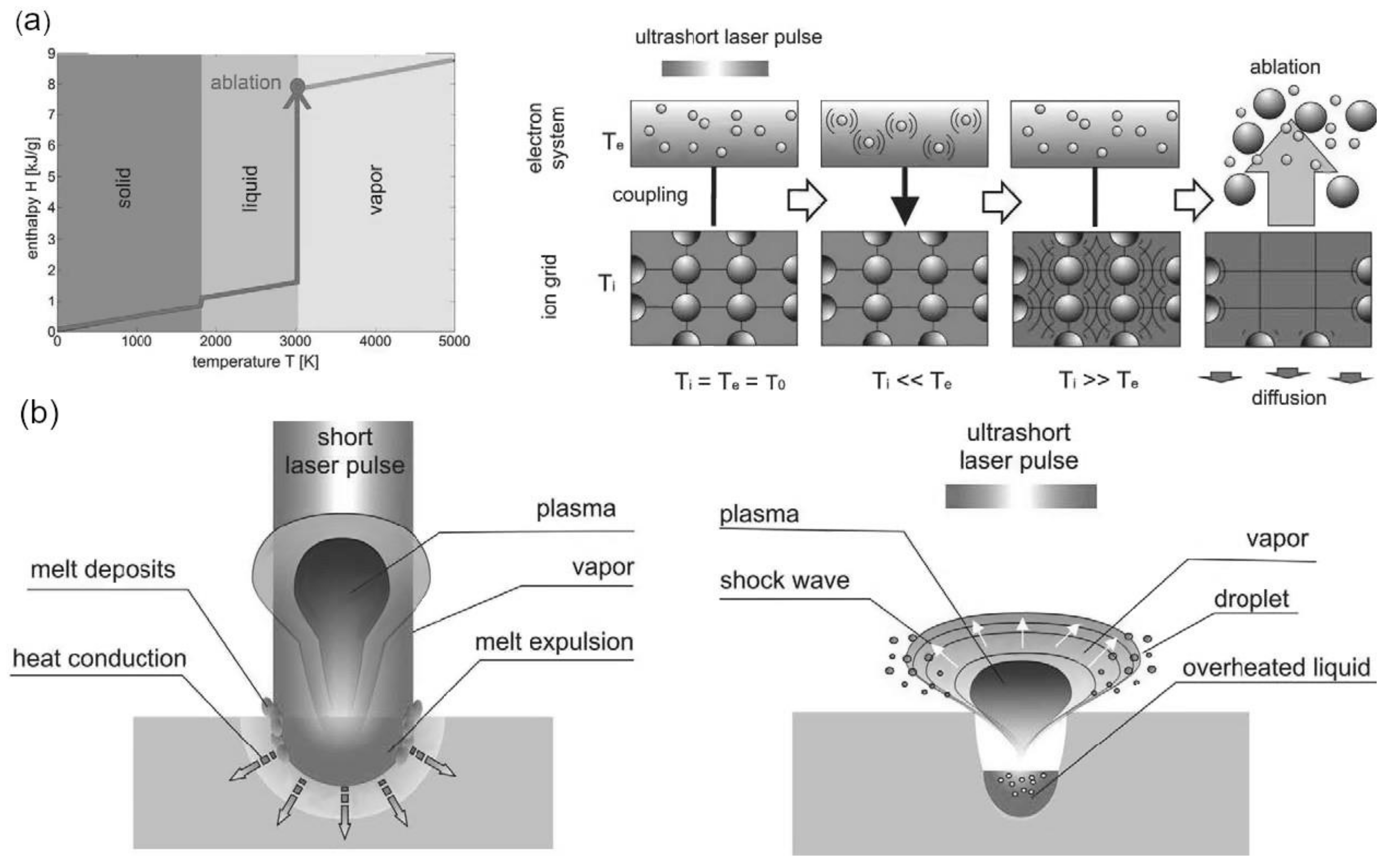The last decade witnessed considerable progress in the development of laser ablation/ionisation time-of-flight mass spectrometry (LI-TOFMS). The improvement of both the laser ablation ion sources employing femtosecond lasers and the method of ion coupling with the mass analyser led to highly sensitive element and isotope measurements, minimisation of matrix effects, and reduction of various fractionation effects. This improvement of instrumental performance can be attributed to the progress in laser technology and accompanying commercialisation of fs-laser systems, as well as the availability of fast electronics and data acquisition systems. Application of femtosecond laser radiation to ablate the sample causes negligible thermal effects, which in turn allows for improved resolution of chemical surface imaging and depth profiling. Following in the footsteps of its predecessor ns-LIMS, fs-LIMS, which employs fs-laser ablation ion sources, has been developed in the last two decades as an important method of chemical analysis and will continue to improve its performance in subsequent decades. This review discusses the background of fs-laser ablation, overviews the most relevant instrumentation and emphasises their performance figures, and summarizes the studies on several applications, including geochemical, semiconductor, and bio-relevant materials. Improving the chemical analysis is expected by the implementation of laser pulse sequences or pulse shaping methods and shorter laser wavelengths providing current progress in mass resolution achieved in fs-LIMS. In parallel, advancing the methods of data analysis has the potential of making this technique very attractive for 3D chemical analysis with micrometre lateral and sub-micrometre vertical resolution.

1,091 Chanel 2000 Stock Photos, High-Res Pictures, and Images

2021-22 Fall/Winter Cleveland Official Visitors Guide by
Neural network modeling shows that hierarchical application of the simple computational principle of predicting future sensory input from its past can capture features of visual motion processing from the retina to the visual cortex.

Hierarchical temporal prediction captures motion processing along

Selwyn Times: December 01, 2021

Bitumen from the Dead Sea in Early Iron Age Nubia

Inhaled β2 Adrenergic Agonists and Other cAMP-Elevating Agents

Skirts and Scuffs: 2012

CLN3, at the crossroads of endocytic trafficking - ScienceDirect

The Project Gutenberg eBook of Byzantine Constantinople, by
Changing weather patterns, increasing frequency and intensity of natural hazards, and rising sea levels associated with global climate change have the potential to threaten cultural heritage sites worldwide. This is especially the case for maritime heritage sites located in the low-lying coastal and delta regions of Asia. Maritime heritage can reflect both highly localized cultural products based on the coupling of people and maritime environments and the historic footprints of complex maritime networks that connect people, ideas, and material over vast distances, creating unique cultural spheres. Furthermore, maritime heritage sites potentially serve as or contain records of how past societies have been impacted by and adapted to past environmental stress. Therefore, their degradation threatens local/regional/global cultural patrimony as well as evidence of human resilience and fragility in the face of environmental change. This makes a strong case for urgent preservation. However, the possible damage caused by climate change and the scale of vulnerable maritime heritage pose seemingly insurmountable challenges. In this paper, we present the ways in which maritime heritage sites across Asia are vulnerable to environmental stresses, such as changing sea levels, coastal erosion, flooding, and storm surges. Our objective is to draw upon our experience documenting endangered cultural heritage across South and Southeast Asia to illustrate that there are unique conceptual and practical characteristics of maritime heritage that complicate effective management and conservation efforts on the scale required to prevent massive loss by climate change. We conclude by stressing the need to reconceptualize debates about the custody and stewardship of maritime heritage and the urgency of employing a wide range of innovative preservation solutions to ensure maritime patrimony is not lost to the rising tides.

Climate, Free Full-Text
